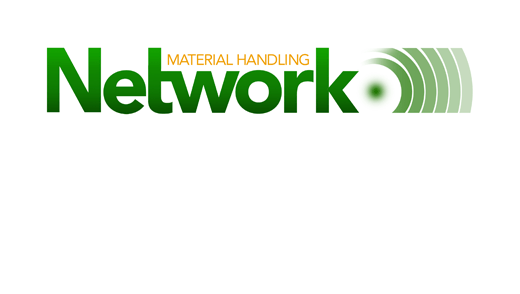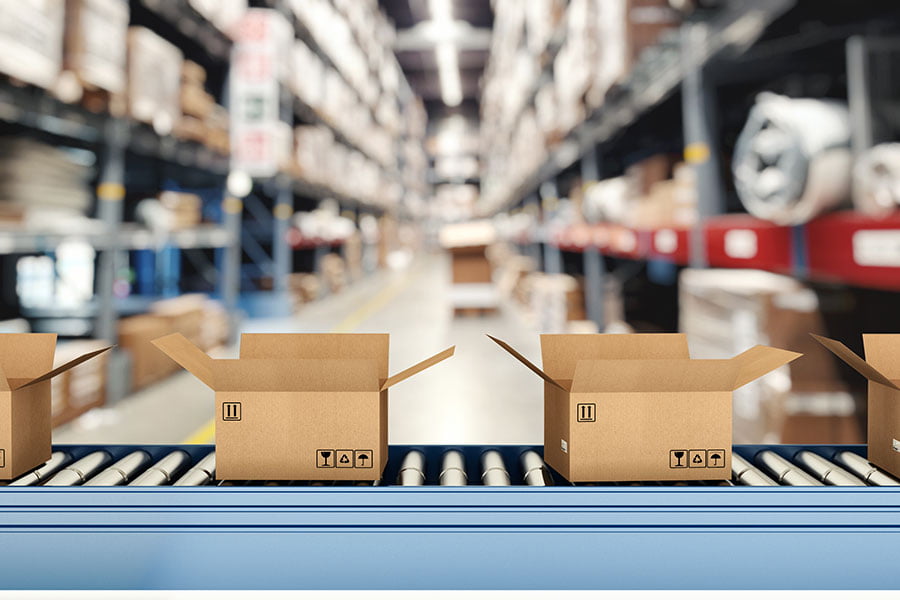Published February 18, 2019
Challenging DTC Brands
The best way forward for Consumer Packaged Goods (CPG) is to start building direct relationships with end consumers, evolving their current business-to-business (B2B) mindset and developing a sales model much closer to that of their DTC competitors.
It is not as simple as setting up brands with their own identity and web presence. Consumers are used to shopping for traditional CPG brands through aggregators,one place where all brands are conveniently located. There is no impetus for consumers to go online and purchase their laundry detergent from Tide’s website and then migrate to Kellogg’s website to buy cereal.
DTC brands have thrived on their value proposition, a clear and decisive purpose differentiating them from their CPG counterparts. Whatever the offer was, be it better for you, cheaper, and/or higher quality, it appealed to a specific subset of consumers and then the entire brand experience was designed around delivering on that offer. Shopping a DTC brand is an experience not a chore; delivering on that value proposition takes a monumental shift in strategic thinking and a cultural shift from the CPG mindset.
Therefore, it is unlikely that any CPG companies are going to open their doors as DTC brands tomorrow and be successful. To view their brands through the lens of a DTC entrepreneur, CPG should ask two questions what unique benefit is my DTC website offering that makes consumers feel they need to buy directly and how do I develop an effective customer acquisition strategy?
In answering the first question, CPG need to establish what unique value proposition they are offering that will convince customers to deal directly with them. This answer could vary widely from offering exclusive products, much like Warby Parker, from personalization to price. This will establish the value proposition that the entire brand identity and customer experience will be built around.
The second question will require a fundamental shift in the way that that CPG think about strategy and growth. For as long as they have been in business, CPG have viewed brand growth metrics as the holy grail of product success, valuing the growth of brand awareness over more customer-specific key performance indicators (KPI). Not the case at DTC brands; they live and die by KPI like customer acquisition cost (CAC) and lifetime value (LTV) in a customer-driven operation. The focus shift from brand-builder to relationship-builder will be key for those CPG that successfully launch their own DTC channels.
Data, Data, Data
Data is not the key to a successful DTC strategy. The key is being able to analyze the data and create actionable insights that can be executed on-demand. DTC brands have been pioneers in the data industry, dedicating substantial resources to its accumulation and analysis. Positions such as ‘Data Scientist’ and ‘Growth Hacker’ are commonplace in a DTC brand environment, but CPG typically have not had access to consumer purchase data as this resides at the retail level.
To successfully compete in the future, CPG need to build robust data strategies that incorporate first-party data from multiple streams. Much like their DTC counterparts, CPG must invest in the resources necessary to build and maintain data intelligence centers.
Buying a Seat at the Table
Of the three traditional investment areas for CPG, mergers and acquisitions (M&A), venture capital, and private equity, CPG are choosing M&A, accounting for 86% of transactions in the last quarter of 2018.
Do not let the numbers fool you. Many of these acquisitions have not lived up to expectations as the large corporate brands are unable to integrate these agile, nimble companies into their ecosystems. The acquisition strategy followed by Campbell’s cost its CEO her job and has resulted in continued activist investor pressure on the brand.
However, Walmart’s acquisition of Jet.com cannot be seen as anything but successful.
For an acquisition strategy to be successful, the acquirer needs to focus on better integrating the teams that come with their acquisition and extending the DTC’s digital innovation culture to the new parent. The purpose of the acquisition cannot be about integrating functional teams to save cost and inflating the top-line, but an opportunity to bring a cultural change driven by a technology and data first thinking within the organization.
Culture and Technology
To be successful in today’s retail environment brands must be available whenever and wherever customers are looking. Customers are not looking for online or offline brands, rather brands that make it convenient and simple to shop. In the retail world of tomorrow, the pureplay companies be it DTC brands or large CPG will lose out.
Many of the most successful DTC brands understand this. They have built a culture not just around being an online brand, but also around being a brand that can respond to and deliver on its customers’ needs. Technology is then leveraged to deliver the experience its customers expect. To truly compete CPG will need to transform themselves into technology-first companies driven by consumer insights.
Who Owns the Future
Thanks to technology CPG are facing new threats, the likes of which they have never seen. Customer data has made it possible for retailers, who were once CPG’ most valued partners, to build up their own stable of high-performing private-label brands, competing head-on with national brand names. At the same time, small start-ups have taken advantage of the lowered barriers to entry and built up billion dollar businesses (The Honest Company and Kylie Cosmetics) without ever having their products appear on a retailer’s shelf.
Underestimating the power of these rising forces to disrupt the retail landscape could also mean death for CPG brands. In the future, there will be no ‘offline’ or ‘online’ channels, no name-brand or private-label, there will only be brands who can successfully adapt to the ‘new retail‘ model and deliver the exceptional experiences their customers are expecting.



